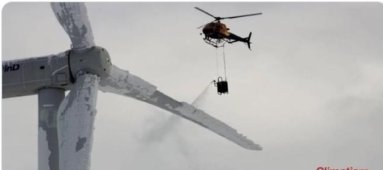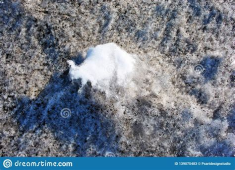cmack
New Member
Snow is really killing my solar buzz. Is it possible to back feed into the panels to heat them up without creating a fire hazard? Or any other solutions aside from a brush? My roof is way too high for me to reach so I need to find another solution!






